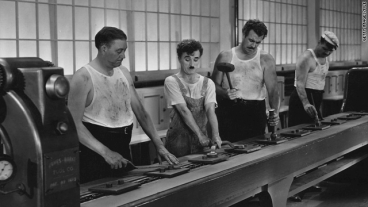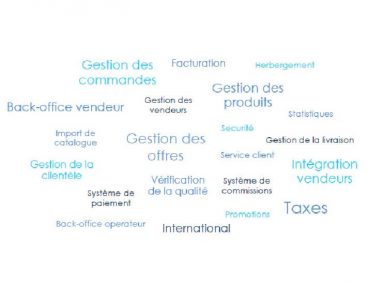Can AI Put the ‘Human’ Back Into Human Resources?
11 April 2018 - Author : Laetitia VitaudArtificial intelligence seeps through every new process and is transforming the way we work. There is much talk about how AI is bound to transform HR, maybe even make HR irrelevant. Not only will HR professionals be expected to understand the transformations of work and recruit new types of workers for jobs that don’t yet exist, but their own profession is going to undergo profound transformations too. Some HR tasks are routine tasks that can be automated while new tasks can be imagined to ‘up the game’ and empower HR to do more.
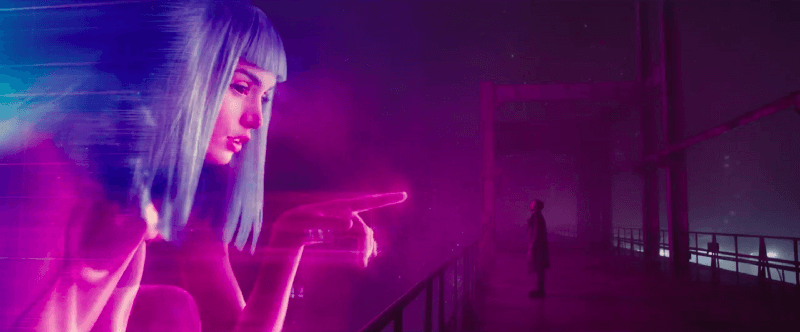
Every HR role is a “bundle” that is the product of corporate history. Indeed these roles are bound to be unbundled and re-bundled in the coming years, as more and more tasks will be performed by machines. Faced with the upcoming revolution, many HR professionals are tempted to convert to neo-luddism, a philosophy that opposed modern technologies and a movement that aims to resist the rise of machines and even destroy them. Often they will cling to the idea that the old way is the right way.
What many HR professionals fail to understand is how AI provides the unique opportunity to redefine HR and give it increased relevance. With or without machines, the HR departments of our modern corporations have become process-driven ‘machines’ that can’t help but treat people like ‘assets’, homogeneous lumps of interchangeable commodities, rather than unique beings that require personalised attention. Instead HR departments run top-down process-engineered ‘systems’ — to recruit large lumps of resources, handle payroll, organise annual appraisals, send simultaneous batches of employees to training, etc. — that leave little room for personalisation, flexibility and creativity.
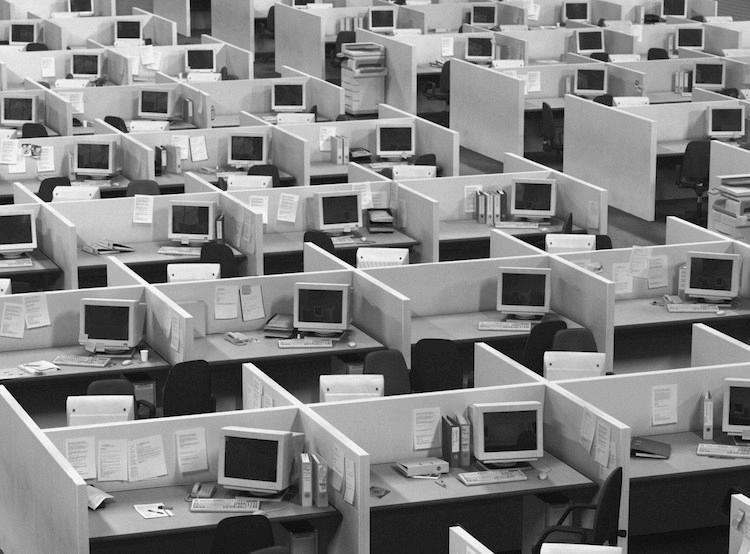
HR is a machine essentially built for the age of the mass economy. But as our economy is becoming more digital, it is also moving away from mass production, mass consumption and all the systems that sustain them. Retailers find it increasingly hard to continue to sell mass-produced standardised goods to consumers now used to personalisation. And more and more workers are rejecting the jobs of the mass economy. Without the stability and wealth that the mass economy used to offer, they find division of labour unacceptable. They can no longer bear the usual constraints of the old 9-to-5 jobs. They demand more autonomy, more flexibility and more personalisation. That’s why everybody speaks of ‘bullshit jobs’, ‘burnouts’, ‘brownouts’ and the expectations of ‘Millennials’!
The main challenge HR must overcome is the paradigmatic change away from the mass economy into an era of personalisation. Rather than see AI as a set of tools to do more of the same with less, HR professionals ought to see AI as an opportunity to embrace paradigmatic change and up their game. Here are some thoughts as to how it can happen…
How AI is bringing about a world of personalisation
Machines used to be associated with standardisation: they were what made mass-production possible. They were programmed for repeatable identical tasks. That’s what the industrial age was all about: you abandoned the unreliability and personality of craftsmanship for the reliability and stability of machine-made goods. They were often more mediocre but they had the advantage of being reliably mediocre. For long we have understood “machine-made” to mean “mediocre” and “reliable”.
Today’s machines however make the end of standardisation possible. The AI-fuelled algorithms of Amazon, Netflix and Facebook work the data we generate to produce hyper-personalised products and services. Machines learn from the data we feed them so everything we now consume can be tailor-made for us. The age of algorithms marks the end of standardisation and the blurring of the lines between workers and consumers as the act of consuming a product or a service comes with the production of data that make the production of that product or service possible. You produce when you consume.

Little by little the digital revolution has changed our expectations, as consumers, workers and students. As students, for example, we find it harder to accept a standardised top-down training curriculum when we know we could personalise our own training online (YouTube is the most personalised training tool one could dream of). As employees we find it increasingly hard to accept we have to work in one place from 9 to 5 when we know we could work remote and asynchronously (AI-fuelled collaborative tools have made remote asynchronous work so much easier). That’s why so many new workers choose to craft their own jobs by choosing to become freelancers. Some of these freelancers will use AI-fuelled platforms whose algorithms will generate relevant personalised job offers that they are in the best position to do.
Up until now the challenges of HR’s ‘digital transformation’ have been largely misunderstood. Transformation isn’t just about automation. It isn’t about having machines deliver standardised reliable services, which is what most recent HR management systems have achieved. Quite the reverse, it is about making HR fit for the age of personalisation! AI can help HR be less industrial and more human.

Why AI is full of opportunities for HR
Artificial intelligence feeds on data. AI, machine learning, algorithms… all these concepts are married to big data. Wherever huge swathes of data are generated, there is room for AI transformation. This is particularly true for HR. The big data produced online are changing the game forever. There is no recruiting, managing talent, developing leadership,or training without it! AI is everywhere already. Some HR activities that rely on user-generated data have already been outsourced to the users.

Let’s not forget that Facebook, Twitter, Google and YouTube are the first AI apps we use on a day-to-day basis! We should speak of AI in the present tense. The AI fallacy is long-lived — the idea that artificial intelligence isn’t there yet because there is no artificial intelligence that “thinks” like humans. In fact artificial intelligence is nothing like human intelligence: it is based on the analysis of large quantities of data. So long as the data were not that abundant, AI simply wasn’t that clever. The best case in point is translation software: for a long time linguists and programmers worked hand in hand to teach the machine all about syntax and the “true understanding” of linguistic context. It didn’t really work. Translation software became ‘stupidly’ clever not by emulating human cognition, but by doing what humans can’t do and applying brute force computation.
According to this source, 38% of enterprises are already using AI in their workplace with 62% expecting to use it as early as this year. (Clearly the people surveyed did not include Google, YouTube and Facebook in their answers!). According to Bersin by Deloitte, 33% of employees expect their jobs will become augmented by AI in the near future. A survey of HR executives by IBM found that 46% of HR professionals believe AI is transforming their talent acquisition capability and 49% believe it is bound to transform their payroll and benefits administration.
There is a number of HR activities associated to the data revolution, so a number of them are already being transformed and rebundled. Rather than discuss whether or not many HR jobs will disappear, I’d rather discuss how AI can help HR overcome its main challenge. It isn’t that the question of jobs isn’t an interesting one but rather that HR jobs aren’t a goal in themselves, are they? They are meant to serve different purposes. There are a series of ways artificial intelligence can help make HR more human:
- AI to make training more human and personalised: training is one of those institutions designed by and for the mass economy. We send batches of employees to training and they are supposed to sit still and learn. In fact, 80 to 90% of what we learn in class we tend to forget within weeks. We forget more when we don’t actively use what we learn. We forget more when we don’t choose what and how we learn. In the age of YouTube, user-generated content, and massive micro-training, can training not be radically transformed by AI? Coding platforms, content platforms (like Butterfly, Kokoroe) and of course YouTube are making training so much more effective.

- AI to avoid human errors: the most process-engineered tasks in HR can be performed better by intelligent software. Payroll is a complex activity that required the best experts. Now there are a number of apps that can do it better, and even more reliably that these experts. (Payfit, a French startup specialised in payroll, provides a convincing example. But there are others.)
- AI to speak like humans: when it comes to communication, HR professionals tend to speak like jargon-loving robots. Their litigiousness pushes them to extreme caution so any trace of humanity and sincerity is removed from official HR communication. Payslips are one example. Annual appraisals are another. It is verbose and often hard to understand. Many startups are now trying to fill that space and provide simplicity and humanity where there was only complexity. AI proves much superior when it comes with a conversational interface where humans are invited to speak like humans…to machines. That’s why bots are so popular. That’s why Amazon’s Alexa is so popular. And Slack.
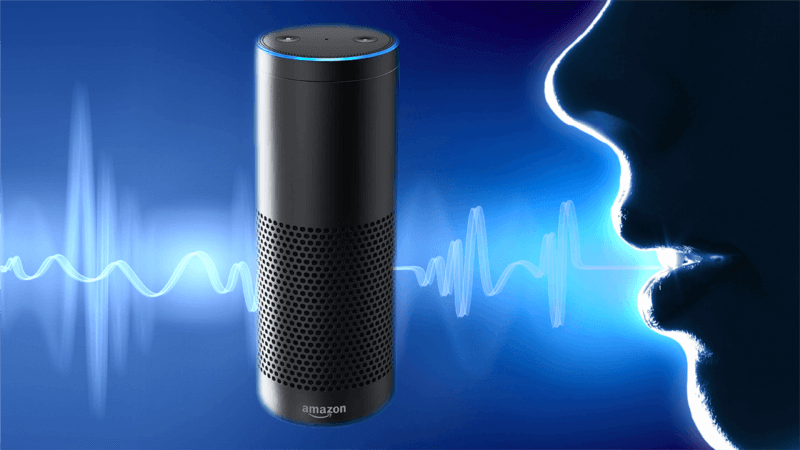
- AI to reduce human bias: human bias can influence many aspects of recruitment and talent management: humans tend to naturally stereotype and make uninformed choices based on gender, ethnicity or age. For years now, behavioural economists have documented our biases and shown we humans are reliably biased. (For more on the subject, see this article I wrote about behavioural economics and gender equality). There is a large range of new AI tools used in recruiting. Google’s qDroid is a case in point: Google’s former HR guru, Laszlo Bock, talked a lot about qDroid, an internal tool that helps hiring managers ask the right questions. Likewise, Somen Mondal, CEO of Ideal, a virtual assistant for recruiters (software that uses AI to automate recruiting tasks), believes AI’s biggest impact will not just be in automating candidate screening, but also in reducing bias. “AI can learn the qualifications of employees who are successful in a role and apply this knowledge to screen, rank, and grade candidates who match the criteria”.
- AI to coach humans: Coaching has long been said to be the last bastion of human HR excellence. But in fact people are best coached by AI and human empathy combined. In an ever-changing business world, companies must be able to help their employees steer their careers in different directions. Employee career coaching is ever more critical. But how can companies personalise the coaching of thousands of different mobile individuals? Jobmaker is an AI-based tool that gives each employee an individualised virtual coach, so HR professionals can be complemented. Based on a live chat, the tool interacts with each individual about their experience, career path and objectives. So human HR professionals can do much more, more than just pay lip service to the idea of mobility and career development.
- AI to develop corporate empathy: “corporate” and “empathy” are not words that usually go together. Yet AI is increasingly used to analyse human sentiment. Companies have a huge amount of survey data and feedback data: AI can now quickly identify trends in the sentiment of employees. You can now locate the offices or teams that are most under stress by monitoring the sentiment of their emails and conversations. In the age of Cambridge Analytica, it may sound a bit creepy, but AI used for sentiment analysis is only just beginning. Some of it might be used to actually monitor well-being. The use of face-recognition software to monitor emotions is also in its infancy. It challenges the notion that sentiment analysis will remain in the human realm.
- AI to develop talent and leadership: from sourcing and onboarding to talent management, modern integrated HR software platforms like the successful Talentsoft, have developed well-designed seamless interfaces that are nothing like the old HR management systems. Design is everything. Human-centred design develops solutions by involving the human perspective in all steps of the problem-solving process.
I could provide many more examples. When it comes to AI-based HR tools, the market is gigantic and many new companies are developing tools to address that market. But AI will not transform HR only with new tools. It is also creating a new discipline for HR: understanding the future of jobs and professions. If our jobs are probably not going to be entirely automated, they will be largely different from what they are today. And it is now HR people’s job to anticipate that…
How HR can be at the forefront of every job transformation: understanding the future of work
HR professionals’ new role consists in understanding how work and jobs are changing and how AI and technology is bound to unbundle most jobs. It was long believed that machines could only perform “routine” tasks. But the distinction between “routine” and “non-routine” isn’t relevant when it comes to AI. AI doesn’t imitate human intelligence: it “thinks” differently. AI feeds on large data, not rules and logic, to perform non-routine tasks like translation, face recognition, medical diagnosis…
Each job is a “bundle” of different tasks that is being “unbundled” and “rebundled” by technology. In their book The Future of the Professions, Richard and Daniel Susskind explore how each profession (in law, health, education…) will be challenged and transformed by the development of AI and the rise of amateurs connected on platforms.
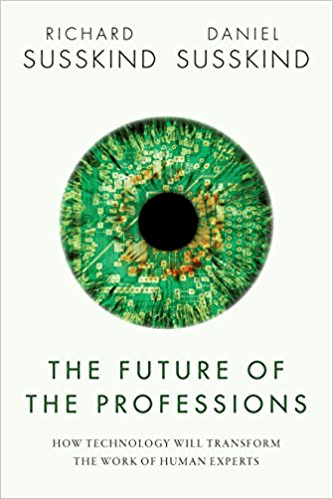
“In our day and age, machines can outperform human beings in more tasks than ever before. So what will work look like for doctors, accountants, teachers, architects, consultants, lawyers, etc. in the 21st century?”
That is the key question HR professionals are invited to dwell upon. This graph here helps understand how innovation and the future of work are related:
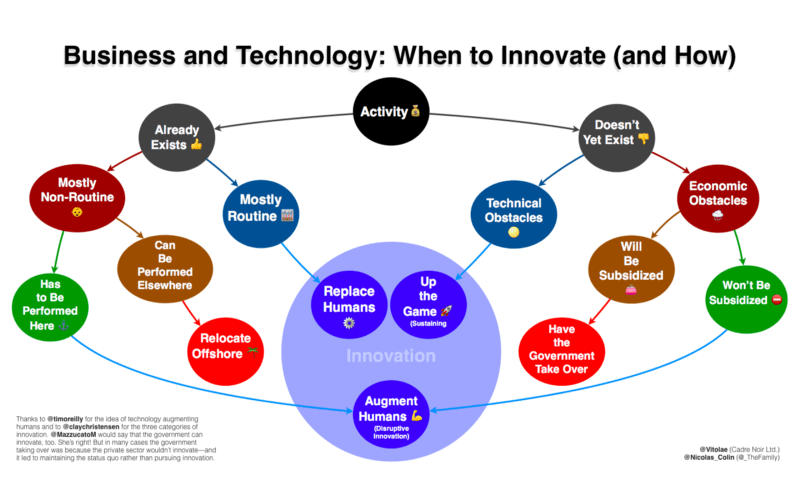
It will require a lot of imagination to understand how innovation will transform work. Most of all it will require getting away from the “mass economy” mentality. To quote the words of Tim O’Reilly:
Amazon reminds us again and again that it isn’t technology that eliminates jobs, it is the short-sighted business decisions that use technology simply to cut costs and fatten corporate profits.
This is the master design pattern for applying technology: Do more. Do things that were previously unimaginable. (Tim O’Reilly)

